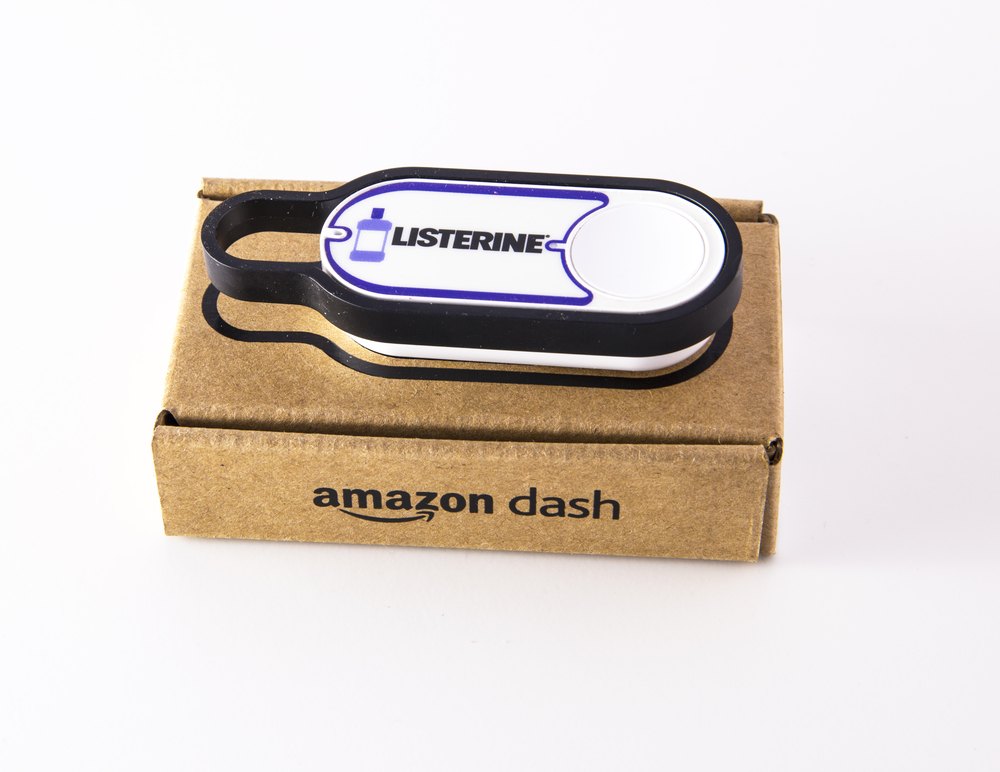Copyright © Everyday Narrative 2024. All rights reserved.
In a surprising turn of events, the Wall Street Journal is reporting that Apple has officially cancelled “Project Titan,” its highly anticipated electric car project.
This move sends ripples across the tech and automotive industries, as it marks the end of what many believed could have been a game-changing venture by one of the world’s most successful tech giants.
Initially driven by the desire to redefine mobility with an electric vehicle that would mirror its success in consumer electronics, Apple aimed to leverage its expertise in design, technology, and user experience.
Despite the company’s strong financial health and its history of disruptive innovation, “Project Titan” faced insurmountable challenges. The complexities of automotive manufacturing, regulatory hurdles, and the highly competitive landscape of electric vehicles proved to be more daunting than anticipated.
But Apple isn’t alone in its experience of ambitious projects not reaching fruition. Let’s take a look at five other large tech projects that, despite the potential and resources behind them, ended up as failures.
Google Glass (Consumer Edition)

Launched with the promise of revolutionizing how we interact with the digital world, Google Glass (Consumer Edition) was a bold foray into wearable technology by Google, a company renowned for its innovative prowess. The project aimed to provide users with a head-mounted display, offering hands-free access to information and communication.
Designed to look like a pair of eyeglasses, Google Glass projects information directly into the user’s field of vision, allowing for hands-free access to the internet, communication, navigation, and more. It operates through voice commands and a touchpad located on the side of the frame, enabling users to interact with various applications and the internet without the need for a handheld device.
Despite the initial excitement, Google Glass faced a steep decline in interest. The project, which took several years and significant investment, was eventually shelved primarily due to privacy concerns, limited functionality, and a high price point. Officially discontinued in 2015, Google Glass’s consumer dream was never realized, though it found a niche in enterprise solutions.
Amazon Fire Phone

Amazon, a company that has successfully diversified from its e-commerce roots into cloud computing and digital streaming, aimed to conquer the smartphone market with the Amazon Fire Phone. Launched in 2014, the device promised unique features and technology.
The Amazon Fire Phone ran on Fire OS, a customized version of Android, and introduced several innovative features such as Dynamic Perspective, which used four front-facing cameras to track the user’s head movements and adjust the display accordingly, creating a 3D effect on the screen. Another notable feature was Firefly, designed to recognize objects, text, and sounds in the user’s surroundings, allowing users to identify and purchase them on Amazon.
Despite Amazon’s might, the Fire Phone was discontinued just a year after its debut. The project’s failure, which cost the company hundreds of millions, was attributed to its limited app selection, exclusive carrier agreement in the US, and features that failed to resonate with consumers.
Segway (Project Ginger):

Unveiled with claims it would revolutionize personal transportation, Segway (Project Ginger) aimed to offer an eco-friendly, efficient mode of travel. Behind this ambition was Dean Kamen’s vision and a company that had successfully innovated in various domains.
Spearheaded by Dean Kamen himself and officially unveiled in December 2001, the Segway PT was a self-balancing, electric-powered personal transportation device. Its introduction was met with considerable media excitement, partly due to the mystery surrounding its development and the bold claims made about its potential to revolutionize personal mobility. The Segway PT featured gyroscopic sensors and computers to maintain balance, allowing users to control speed and direction through subtle body movements.
Despite its innovative approach, Segway never achieved the widespread adoption it aimed for. The project, which spanned several years and substantial investment, struggled with high costs, regulatory hurdles, and practicality issues in urban environments. Eventually, Segway’s role in personal transport remained niche, far from the urban revolution it intended to spark.
Amazon Dash Button

Launched in 2015, the Amazon Dash Button was designed to simplify the shopping process, allowing customers to reorder specific products with the push of a button. This project was another testament to Amazon’s commitment to innovation in e-commerce.
Introduced by Amazon in March 2015, the Dash Button was a small Wi-Fi-connected device that allowed customers to reorder their favorite products with the simple press of a button. Each button was branded with a specific product’s logo, such as laundry detergent, paper towels, or snacks, and was linked to the user’s Amazon account. When pressed, the Dash Button would automatically place an order for the associated product, ensuring that customers never ran out of their essential household items.
Despite its initial appeal, the Dash Button was discontinued in 2019. The project, which was both praised and criticized for its contribution to consumerism, failed to maintain relevance in the face of advancements in voice-activated shopping and the Amazon app itself, rendering the Dash Button obsolete.
Google Nexus Q

Google’s attempt at conquering the living room, the Nexus Q, was a media streaming device announced in 2012. Part of Google’s successful Nexus ecosystem, the Q aimed to differentiate itself with a unique design and social sharing features.
The Nexus Q was a digital media player developed by Google. Announced in June 2012, it was designed to integrate with Google’s services, such as Google Play Music, Google Play Movies & TV, and YouTube, allowing users to stream content from the cloud directly to their home entertainment system.
The Nexus Q was never released to the general public. Criticized for its high price and limited functionality compared to competitors, the project was put on indefinite hold, with Google eventually shifting its focus to other projects like Chromecast, which successfully captured the market the Nexus Q aimed for.



